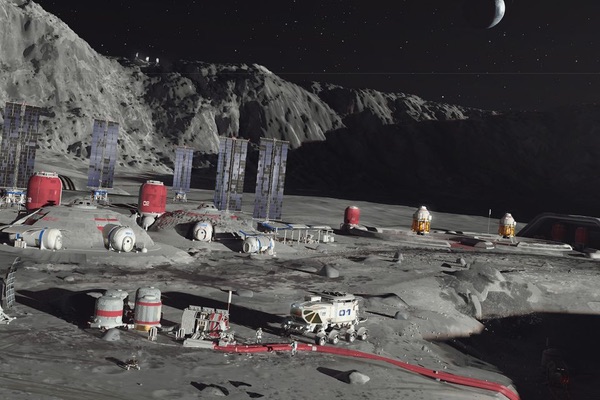The space resources debate pivots from asteroids to the Moonby Jeff Foust Monday, November 23, 2020
 Over the last five years, the issue of using space resources has shifted from asteroid mining to lunar exploration. (credit: ESA)
Over the last five years, the issue of using space resources has shifted from asteroid mining to lunar exploration. (credit: ESA)Five years ago this week, President Obama signed into law the Commercial Space Launch Competitiveness Act (CSLCA) of 2015. The bill, as its name suggests, primarily dealt with commercial launch issues, such as extending the indemnification regime for commercial launch liability and establishing a class of spaceflight participants known as “government astronauts” who would be treated differently than their commercial counterparts.
The CSLCA, though, is best known for a section that was once a standalone bill, the Space Resource Exploration and Utilization Act of 2015. That section stated that any US company that extracted resources from asteroids or other celestial bodies beyond Earth would be entitled to them, “including to possess, own, transport, use, and sell the asteroid resource or space resource obtained in accordance with applicable law.”
https://www.thespacereview.com/article/4074/1